How To Grow Rooibos Tea: Growing Aspalathus Linearis For Rooibos Tea
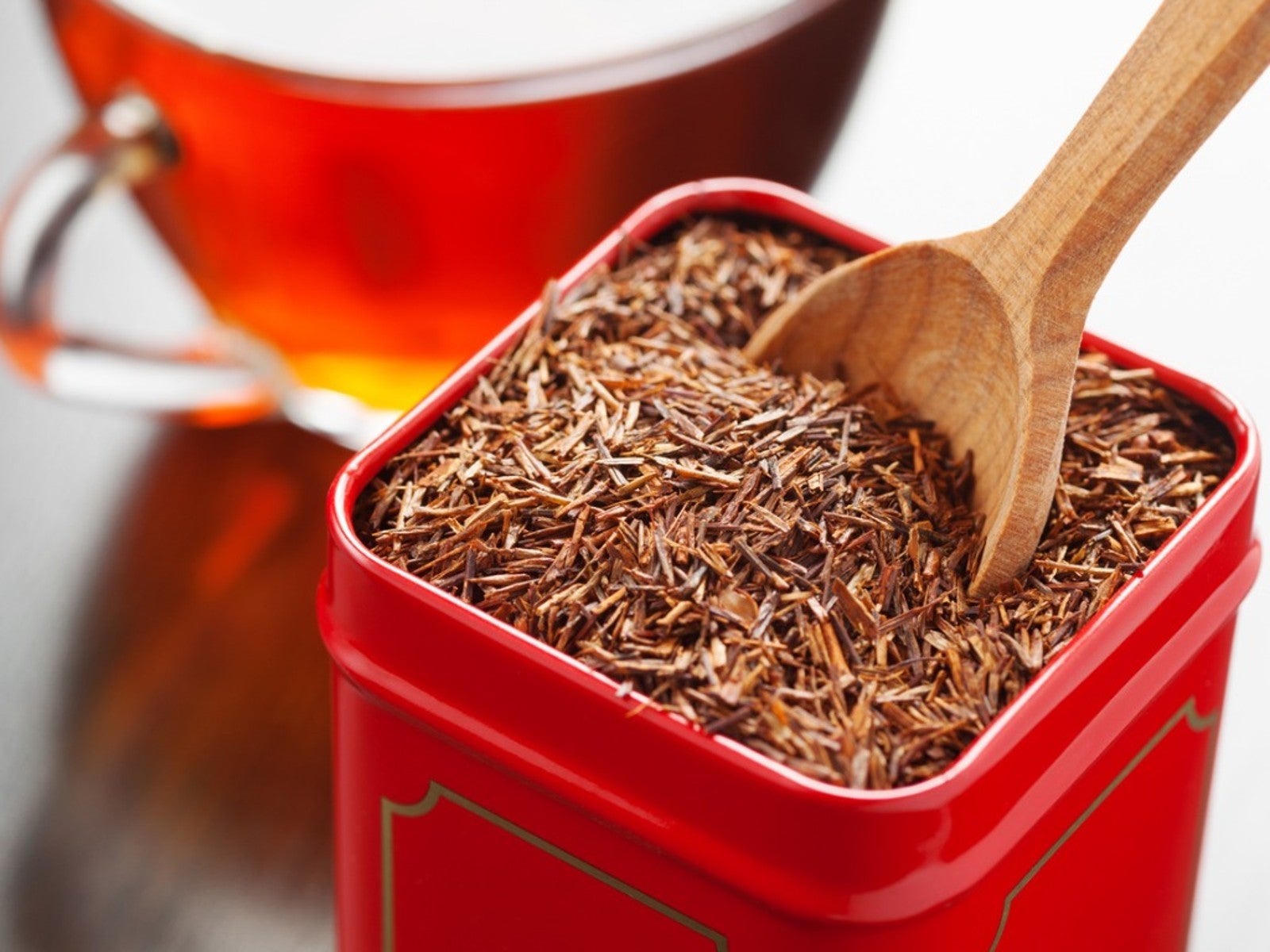

If you enjoy tea, you may have considered growing the rooibos plant. The needle-shaped leaves from this shrub are used for the production of an herbal tea of the same name. Naturally decaffeinated, rooibos tea is low in tannins and high in antioxidants. While the health benefits make growing this shrub promising, it can be a bit tricky to cultivate.
The Rooibos Tea Plant
Unlike most other types of herbal teas, rooibos is not a blend of plants, fruit and spices. Instead, it is created by carefully fermenting and drying the leaves of Aspalathus linearis. This shrub is native to Africa, where it can be found growing on sandy hills and the sides of mountains.
Rooibos tea was traditionally used by the indigenous people of Southern Africa, but has been cultivated for commercial sale within the last 100 years. Grown on farms in its native range, the rooibos plant is a very hardy crop which can withstand periods of drought.
Although Aspalathus linearis is a perennial, southern African plantations only harvest leaves from these shrubs for about four to seven years. After which, the plants are removed, the land is burned and the field is rotated with another crop.
This organic method of farming allows other crops to utilize the nitrogen in the soil from rooibos crops. It also aids in the control of leafhoppers and diseases which can greatly reduce rooibus leaf production.
Growing Aspalathus linearis at Home
Rooibos growing conditions include full sun and well-drained sandy soil which has moisture-retaining capabilities. This shrub can reach a maximum height of about 6.5 feet (2 m.) and it has the ability to fix nitrogen. In the United States, the hardiness of rooibos ranges from zones 8 to 11, but it can be grown in containers elsewhere.
Propagation of the rooibos tea plant is by seed or vegetative means. This hermaphrodite species produces yellow flowers in spring to mid-summer. These are followed by small, lance-shaped pods containing one or two seeds. Seeds require scarification and soaking, before sowing in an acidic sand mixture.
Gardening tips, videos, info and more delivered right to your inbox!
Sign up for the Gardening Know How newsletter today and receive a free copy of our e-book "How to Grow Delicious Tomatoes".
Rooibos plants require protection from winter elements as well as wet conditions. Growing young plants indoors or in a greenhouse for their first winter is recommended. Additionally, home gardeners may find it takes a year or more before a rooibos plant produces a harvestable quantity of leaves.
Harvesting the Rooibos Leaf for Tea
In its native lands, the rooibos leaf is harvested one time per year. After cutting young branches by hand, the stems and leaves are bundled for ease of transport to a processing center. Here, the rooibos is chopped, piled in rows and allowed to ferment overnight.
Enzymatic oxidation changes the green Rooibos plant material to the shade of reddish amber which gives this tea its characteristic color. The tea is then dried naturally by spreading the fermented plant material out in the sun. The entire process takes less than 24 hours. After drying, the tea is graded before being packaged for commercial distribution.

Laura Miller has been gardening all her life. Holding a degree in Biology, Nutrition, and Agriculture, Laura's area of expertise is vegetables, herbs, and all things edible. She lives in Ohio.
-
 Looking For Plants To Give You The Soft And Fuzzies? Try These 5 Fuzzy Leaf Plant Options
Looking For Plants To Give You The Soft And Fuzzies? Try These 5 Fuzzy Leaf Plant OptionsLovers of texture, drama, silver foliage and tactile plants will adore these special sensory garden additions. These fuzzy leaf plant options will leave you all aglow
By Susan Albert
-
 Get Ready For A Summer Of Hummers! Grow These Full Sun Hummingbird Plants and Flowers
Get Ready For A Summer Of Hummers! Grow These Full Sun Hummingbird Plants and FlowersIf you’re lucky enough to enjoy a sunny backyard, make sure you are maxing out on your pollinator opportunities and grow these full sun hummingbird plants and flowers
By Tonya Barnett
-
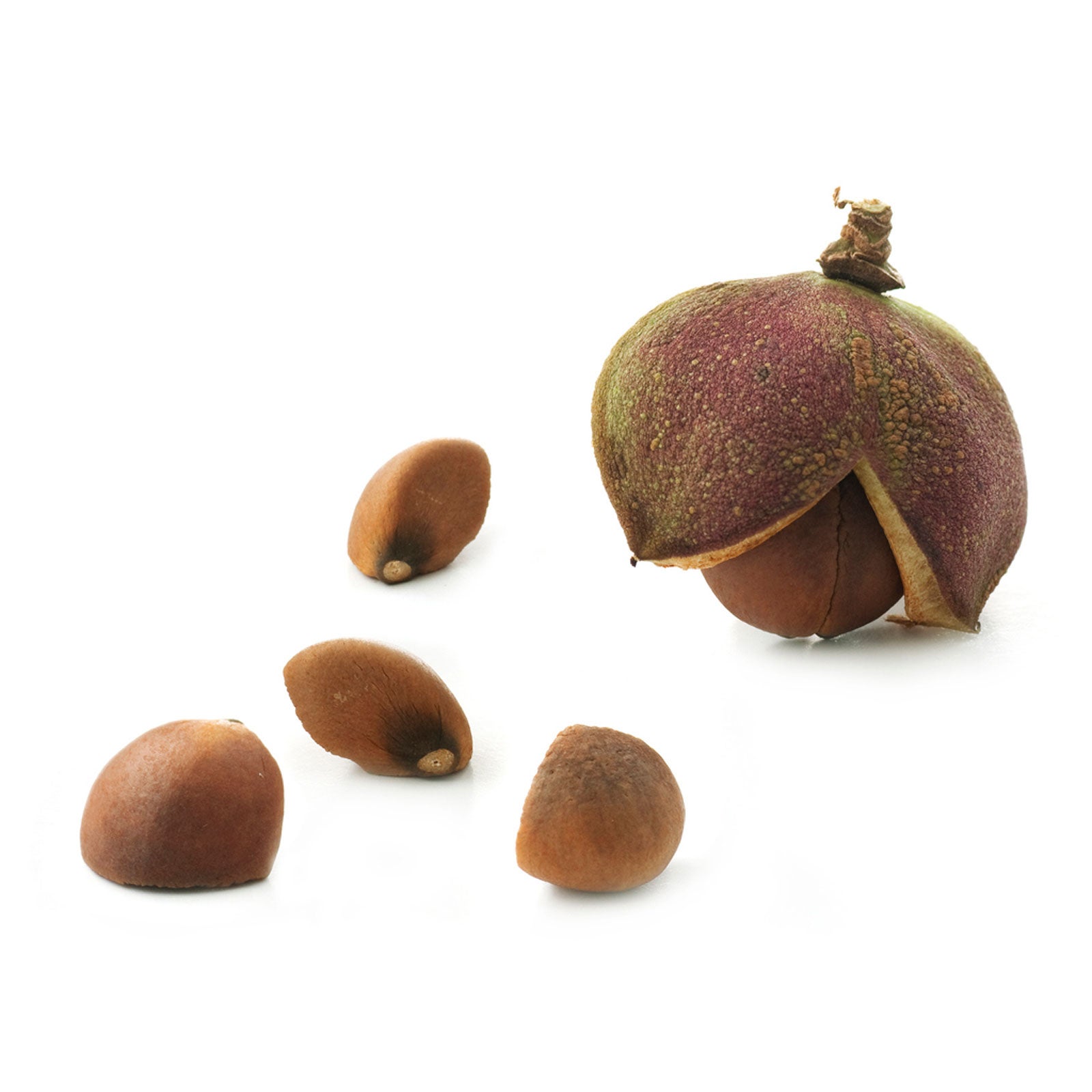 Growing Tea From Seed – Tips For Germinating Tea Seeds
Growing Tea From Seed – Tips For Germinating Tea SeedsArguably one of the most popular beverages that exist is tea. It has been consumed for thousands of years, steeped in historical folklore, references, and rituals. With all this interesting history, you may be interested in learning to plant tea seeds. Click here to learn more.
By Amy Grant
-
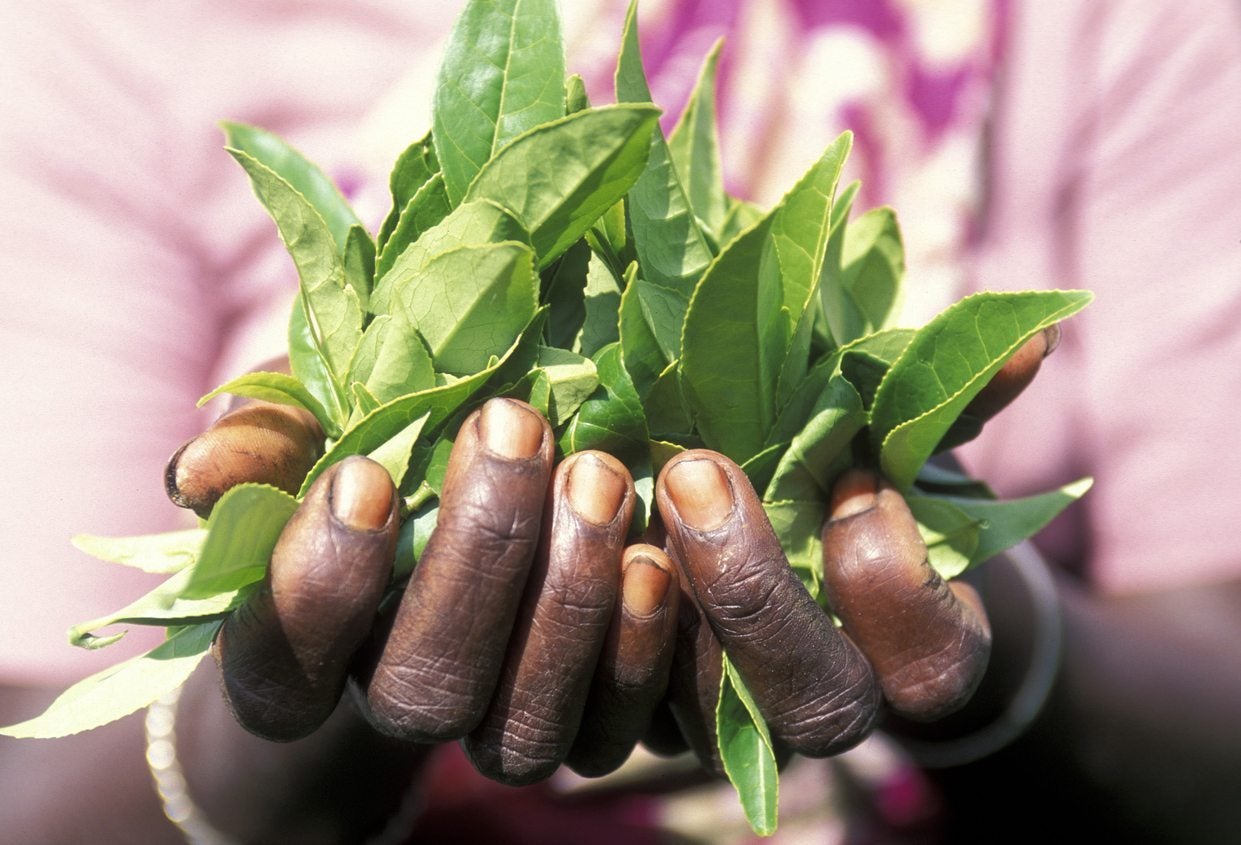 Pruning Tea Leaves – When To Prune A Tea Plant
Pruning Tea Leaves – When To Prune A Tea PlantTea plant pruning is an essential part of the shrub's care if you are interested in harvesting its leaves for tea. If you are wondering how to prune tea plants or when to prune a tea plant, click on the following article for helpful tips.
By Teo Spengler
-
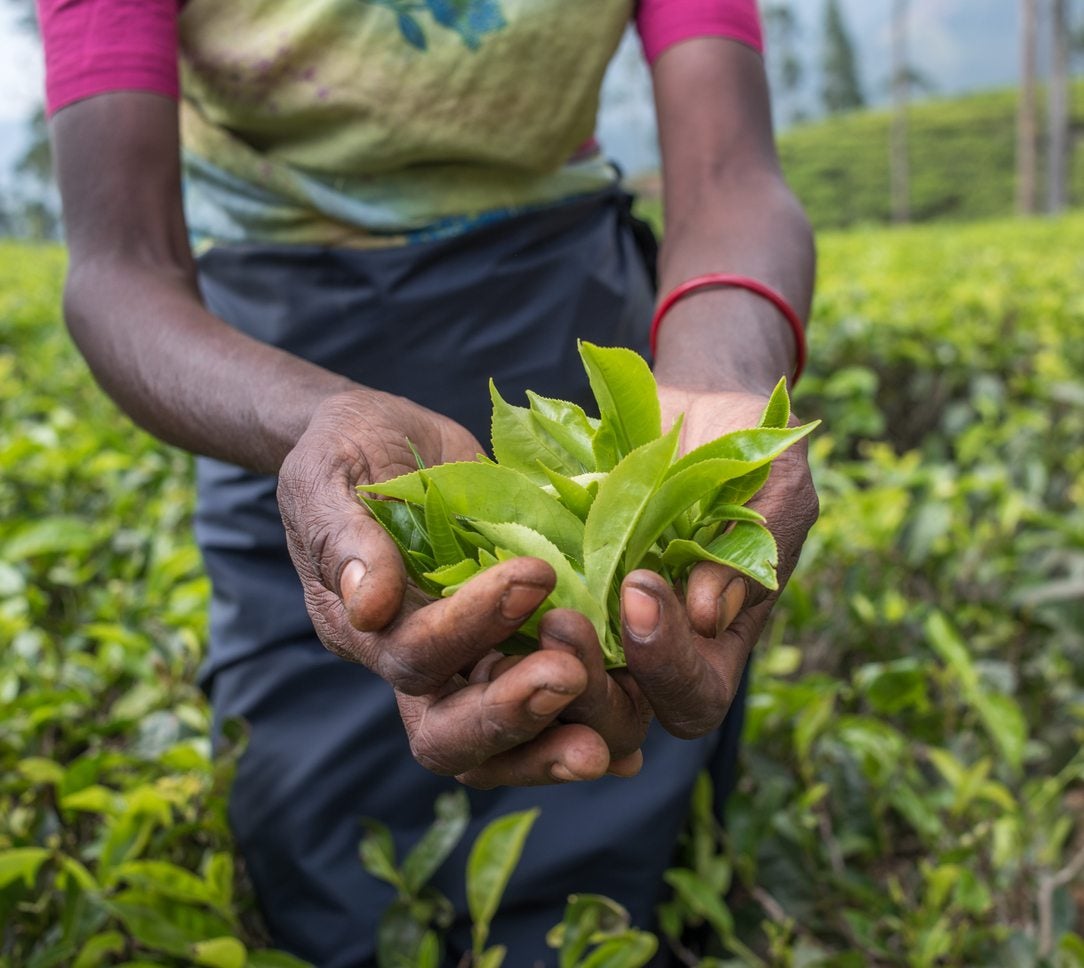 When To Harvest Tea Plants: Information On Tea Plant Harvesting
When To Harvest Tea Plants: Information On Tea Plant HarvestingGrowing the tea plant, Camellia sinensis, allows you to produce your own tea at home. But how do you get from the plant to the cup? Learn more about harvesting tea plants in this article.
By Amy Grant
-
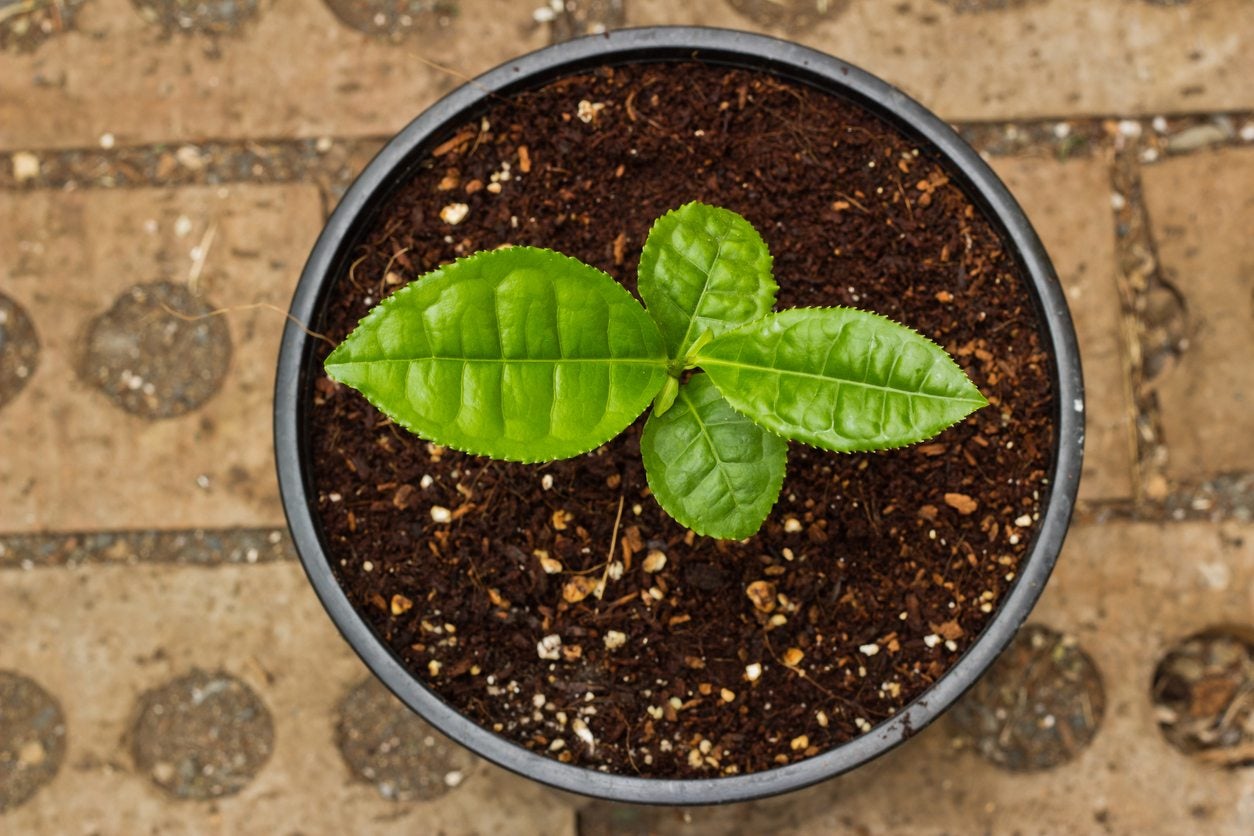 Growing Tea At Home – Learn About Tea Plant Container Care
Growing Tea At Home – Learn About Tea Plant Container CareDid you know that you can grow your own tea? This evergreen shrub can be grown outdoors in USDA zones 7-9 but for those in cooler zones, consider growing tea plants in pots. Learn more in this article.
By Amy Grant
-
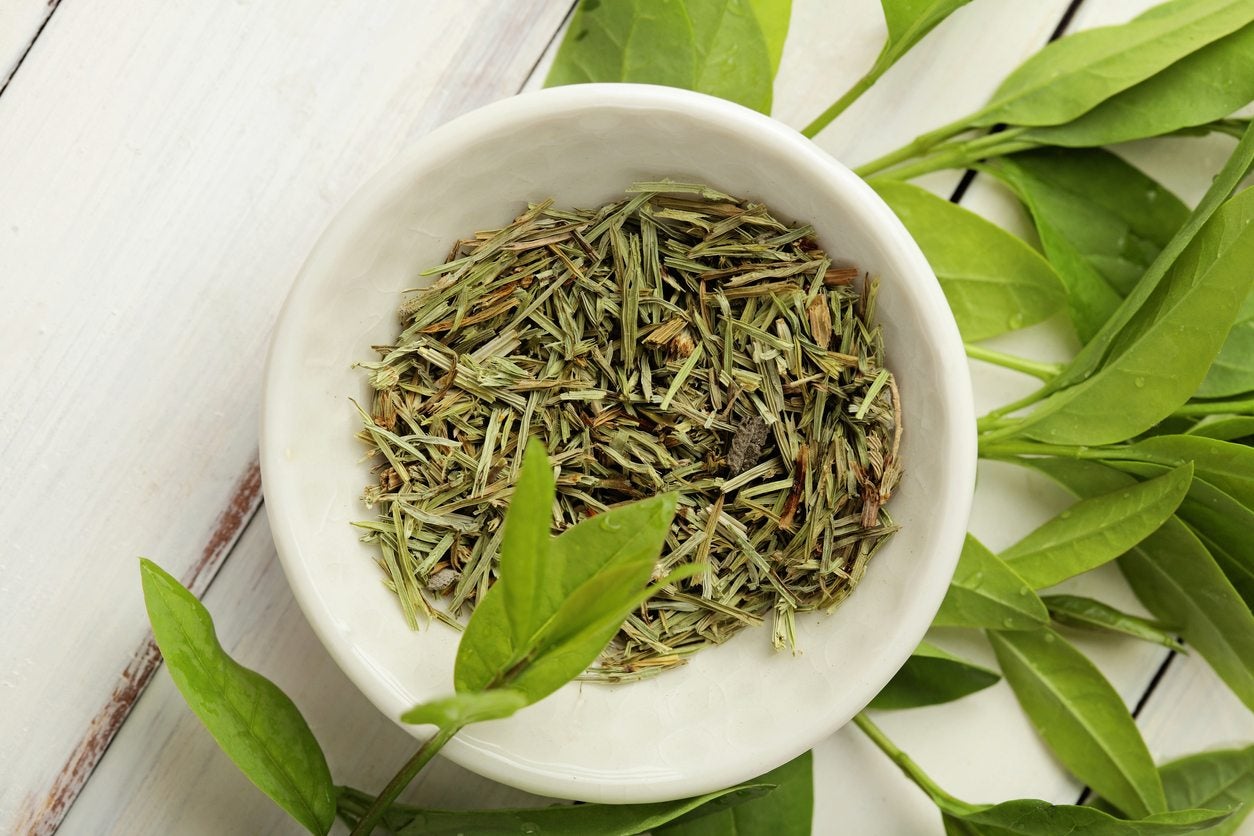 Tea Plant Care: Learn About Tea Plants In The Garden
Tea Plant Care: Learn About Tea Plants In The GardenWhat are tea plants? The tea we drink comes from various cultivars of Camellia sinensis, a small tree or large shrub commonly known as the tea plant. Familiar teas such as white, black, green, and oolong all come from tea plants. Learn more here.
By Mary H. Dyer